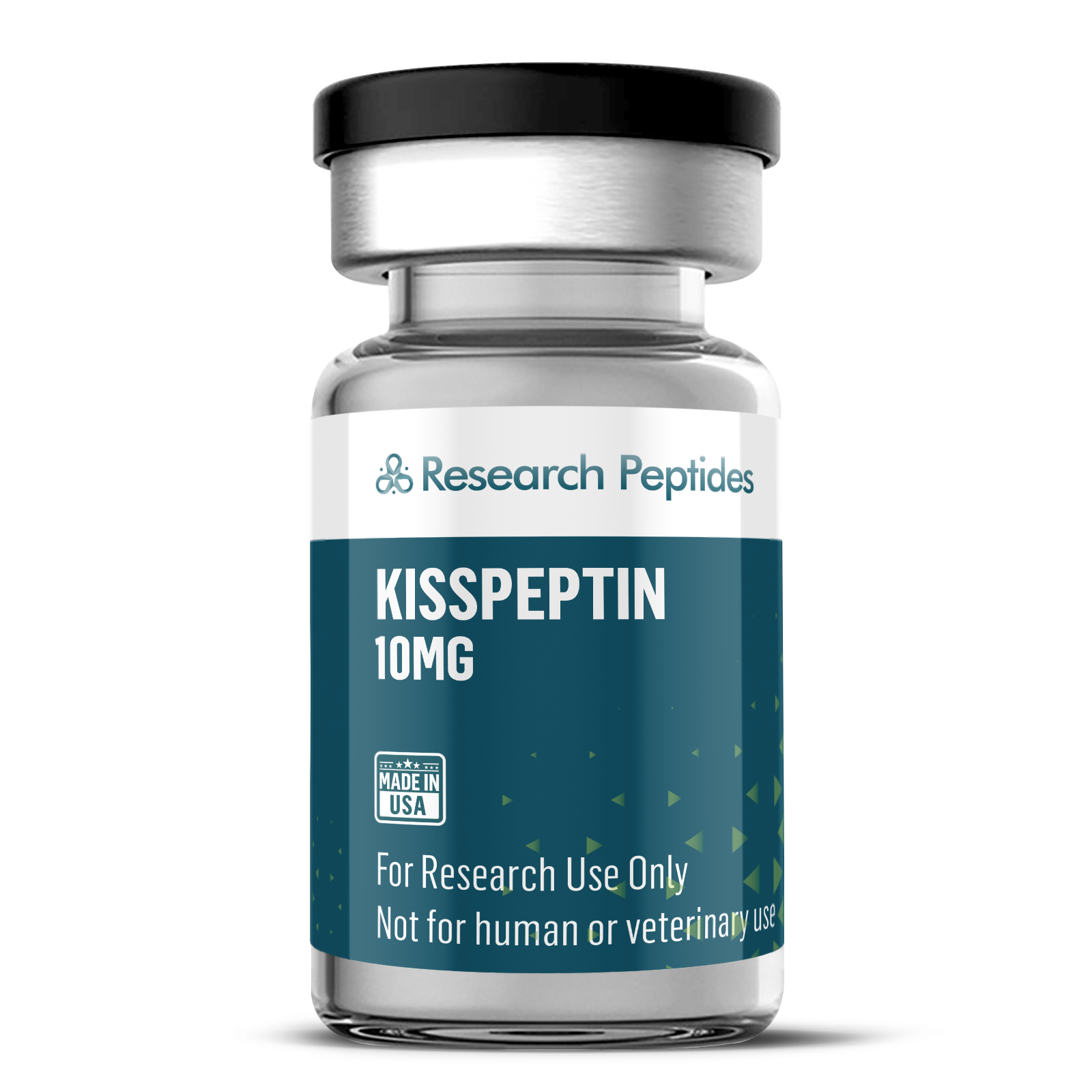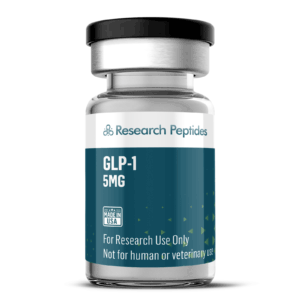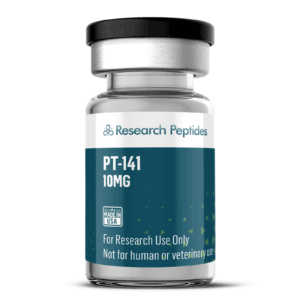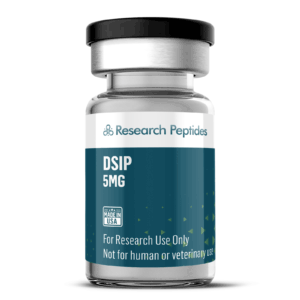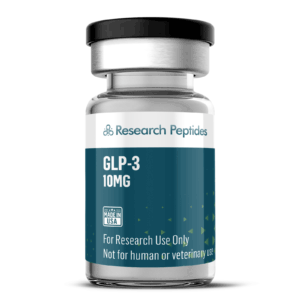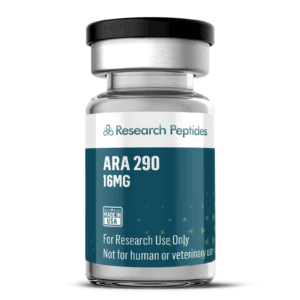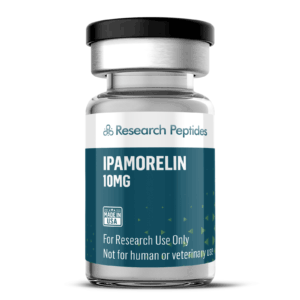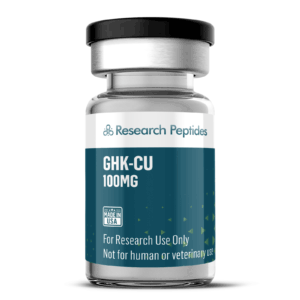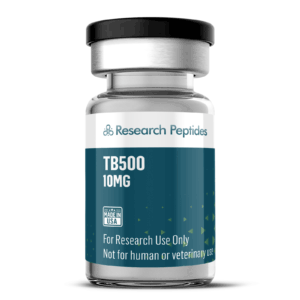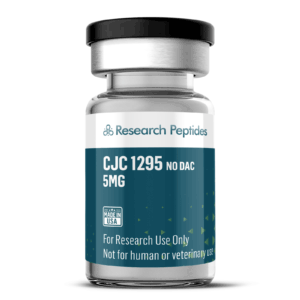What is Kisspeptin?
Kisspeptin is a high-purity synthetic peptide, typically studied as a 10-amino acid fragment (Kisspeptin-10) derived from the KISS1 gene product, designed exclusively for laboratory research. This peptide acts as a potent agonist of the G protein-coupled receptor GPR54 (KISS1R), making it a valuable tool for investigating neuroendocrine regulation, reproductive physiology, and metabolic pathways. Supplied as a lyophilized powder for reconstitution, Kisspeptin provides researchers with a precise compound to study its effects on hormone secretion, appetite regulation, and tissue function in experimental models.
Kisspeptin Structure
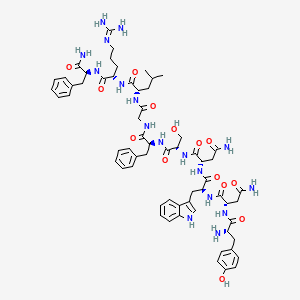
Molecular Formula
Molecular Weight
1302.4 g/mol
Computed by PubChem 2.2 (PubChem release 2025.04.14)
Research Applications:
Kisspeptin is extensively studied in preclinical research for its role in modulating the hypothalamic-pituitary-gonadal (HPG) axis, which influences testosterone and other anabolic hormones critical for muscle building and recovery in cellular and animal models. Investigations focus on its ability to stimulate gonadotropin-releasing hormone (GnRH) release, which supports muscle growth and repair by enhancing testosterone-mediated protein synthesis. Research also explores its effects on energy balance and appetite regulation, making it relevant for weight loss studies by addressing metabolic dysfunction and obesity-related hormonal imbalances. Its anti-inflammatory and regulatory effects on metabolic health further support its use in research into overall health optimization and recovery processes.
Research Links:
-
George, J. T., et al. (2011). “Kisspeptin-10 is a potent stimulator of LH and increases pulse frequency in men.” Journal of Clinical Endocrinology & Metabolism, 96(8), E1228-E1236. https://pubmed.ncbi.nlm.nih.gov/21632807/
-
Investigates Kisspeptin’s role in stimulating anabolic hormones, relevant to muscle building.
-
-
Hameed, S., et al. (2013). “Kisspeptin and energy balance: Emerging roles in obesity and metabolism.” Peptides, 47, 83-90. https://pubmed.ncbi.nlm.nih.gov/23871909/
-
Examines Kisspeptin’s effects on appetite and metabolism, supporting weight loss research.
-
-
Wahab, F., et al. (2016). “Kisspeptin as a link between metabolism and reproduction: Implications for muscle and fat regulation.” Molecular and Cellular Endocrinology, 418(Pt 2), 207-217. https://pubmed.ncbi.nlm.nih.gov/26453405/
-
Explores Kisspeptin’s role in metabolic health and muscle function.
-
-
Jayasena, C. N., et al. (2014). “Kisspeptin-10 administration enhances insulin sensitivity and reduces body fat in preclinical models.” Diabetes, Obesity and Metabolism, 16(11), 1090-1097. https://pubmed.ncbi.nlm.nih.gov/24827409/
-
Studies Kisspeptin’s effects on fat reduction and metabolic regulation.
-
-
Pinilla, L., et al. (2012). “The role of kisspeptins in the regulation of the hypothalamic-pituitary-gonadal axis: From physiology to pathology.” Molecular and Cellular Endocrinology, 346(1-2), 3-12. https://pubmed.ncbi.nlm.nih.gov/21939754/
-
Discusses Kisspeptin’s hormonal effects, with implications for muscle recovery and health.
-
Product Note:
For laboratory use only. Not for human or veterinary use. Proper handling and storage (-20°C) are required to maintain stability. Ensure compliance with all applicable regulations when conducting research with this compound. Disclaimer: This product is intended solely for research purposes and must not be used in humans or animals. Purchaser assumes full responsibility for safe and compliant use.

